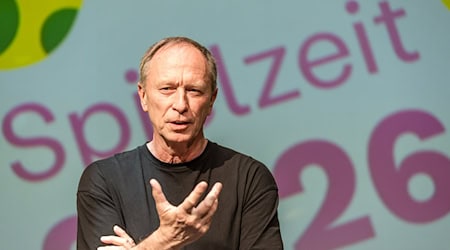Old people are becoming lonely, young people are struggling in the world of work and with childcare. Nursing costs are exploding and there are too few educators in and out of Germany. All the problems in our society always only with more money to solve, is in the medium and long term a dead end, because this way only symptoms tries to alleviate, but the causal system error does not remove.
The following narrative is inspired by a multigenerational housing project from Switzerland and would be quite an approach that can also work in Germany. The quarters in the Bern-Solothurn area offer a unique way of living that combines the benefits of multiple generations under one roof.
Anna is a young mother who lives in the quarter. She takes her daughter, Emma, to the neighborhood's own kindergarten, where professional educators care for the children. Anna appreciates the flexibility that the Quartier offers her, as she can now return to work full time and Emma is well taken care of all around. The African proverb "It takes a whole village to raise a child" takes shape here. In this neighborhood, education and upbringing are not the sole responsibility of the parents or the school, but a community task. A task in which Mr. Müller, a pensioner who likes to make good use of his time, is also involved. He supports the teachers in the kindergarten, does handicrafts and even helps Anna when she comes home from work a little late. For his help he "pays" care hours into the Social Credit system of the quarter, which he can use later for own care achievements.
To the quarter belongs also the physician family Schmidt, which operate here a practice. Of course, this is not only for the neighborhood residents. They live in one of the apartments reserved for relevant professions. Their children enjoy the varied care and education in the quarter, and they appreciate the short distances to work.
The special thing about this residential quarter is the social togetherness. During the day, the younger residents help the older ones with shopping, while the older ones help the younger ones with childcare and homework. It's a give-and-take that is supported by the neighborhood's social credit system.
Why this vision is important and what policymakers should do
This short story shows what a multigenerational residential neighborhood in Saxony could look like and the benefits it would offer. It is time for politicians to promote such innovative living models as pilot projects. The advantages are obvious:
- Ease the burden on nursing homes: older people can remain active in the community.
- Improve childcare: children benefit from professional and volunteer care.
- Work flexibility for parents: parents can work more flexibly.
- Sensible tasks for retirees: retirees find meaningful employment.
- Various education for children: children benefit from interaction with different age groups.
- Social tasks for adolescents: Young people learn practically to care for the elderly.
Claim to politicians
In view of the social and demographic challenges facing Germany, there is an urgent need to promote innovative housing models such as multigenerational residential quarters.










